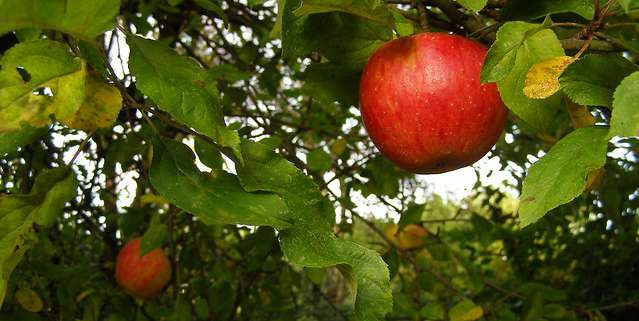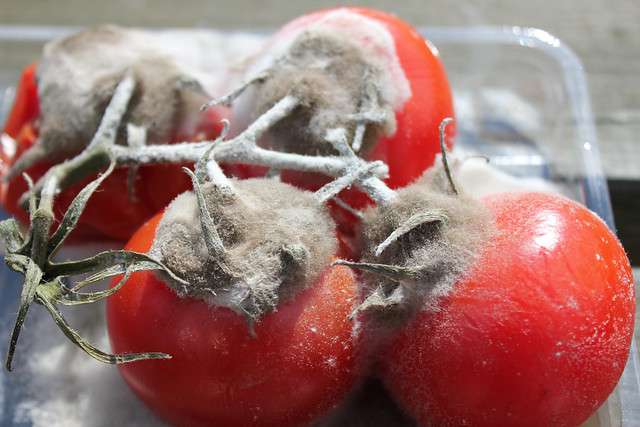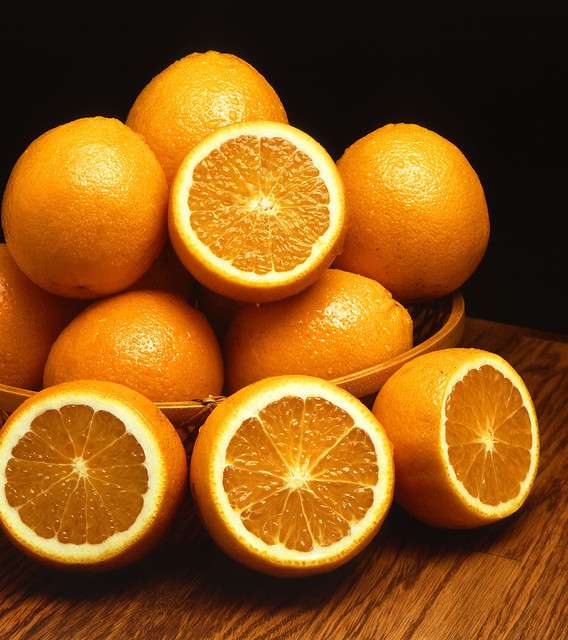
Color quality measurement in fruits has revolutionized the agricultural world. New advancements in technology ensure that fruits are processed at the desired stage of maturity to ensure ripeness. Image Source: Flickr user Erich Ferdinand
Fruits come in a wide variety, each with a unique maturation and color. Most importantly, all fruits have a peak ripeness state that is quickly followed by decomposition. As it turns out, color can help to indicate ripeness in fruits. As a result, color quality measurement techniques can determine how to pick and sort fruit, thereby helping growers to maintain higher plant yields while still providing a quality product to the consumer.



